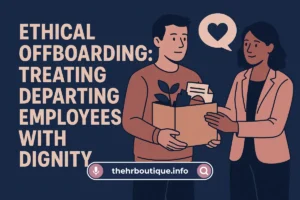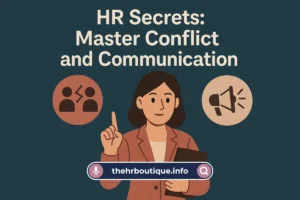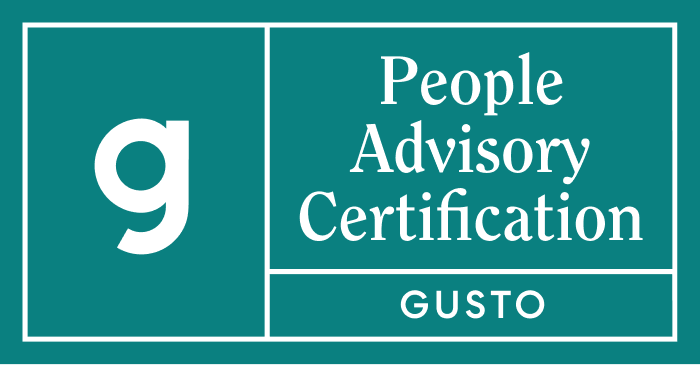We’ve all been there—watching a coworker slowly unravel under the weight of something heavy. Maybe they’ve been unusually quiet in meetings. Maybe their work is slipping. Or maybe they just seem… off.
As someone who’s been on both sides of this (the struggling employee and the person trying to help), I can tell you that most companies completely miss the mark when it comes to real support. They roll out an Employee Assistance Program, pat themselves on the back, and call it a day. Meanwhile, employees are drowning in silence because they don’t trust the system.
So let’s cut through the corporate fluff and talk about what actually helps when someone’s in crisis.
Why Your Current Approach Probably Isn’t Working?
Think about the last time you saw someone at work going through something hard. What happened?
Chances are:
- They either disappeared on sudden “leave” (and everyone whispered about it).
- They white-knuckled their way through while their performance tanked.
- They quit abruptly.
Why? Because most workplace “support systems” are built for optics, not for real human beings.
Here’s where they fail:
- The “We Have an EAP!” Fallacy
- Yes, your company probably has a 1-800 number for counseling.
- No, no one’s calling it. Because when you’re barely keeping it together, the last thing you’re doing is digging through the employee handbook to find a phone number for a stranger.
- The “Just Tell HR” Problem
- HR exists to protect the company, not you. Employees know this.
- Unless you’ve built serious trust, “confidential” conversations feel risky.
- The “Flexibility” That Isn’t Flexible
- “We allow mental health days!” (But you get side-eyed for taking them).
- “You can adjust your schedule!” (But deadlines don’t change).
What Actually Helps (From Someone Who’s Been There)?
A few years ago, I hit a wall—grief, burnout, the whole mess. Here’s what made the difference between “I need to quit” and “I can get through this”:
1. A Manager Who Knew When to Break the Rules
- My boss saw me struggling and said: “Take whatever time you need. We’ll figure out the work later.”
- Key point: He didn’t make me file paperwork first. He just let me breathe.
How to replicate this:
- Train managers to use discretion. Sometimes policy needs to bend.
- Give them permission to say: “Your health comes first. We’ll handle the details after.”
2. Concrete, No-Hassle Options
What helped most wasn’t therapy referrals—it was small, immediate fixes:
- “Want to work from home for a while?”
- “Let’s push that deadline by two weeks.”
- “I’ll take this meeting off your plate.”
The lesson:
- Sometimes the best mental health benefit is one less thing to worry about.
3. A Culture That Doesn’t Punish Recovery
The worst part of struggling at work? The fear that you’ll be “marked.”
Real support means:
- No sudden exclusion from important projects after you return.
- No “So… are you okay now?” in every 1:1.
- Normal check-ins that aren’t just about your crisis.
How to Build a System That Doesn’t Suck?
For HR Leaders:
- Ditch the “Just Use Our EAP!” mentality.
- Partner with local therapists for same-week appointments.
- Create a simple, internal “crisis response” flowchart managers can use.
- Protect people’s privacy—for real.
- If someone takes mental health leave, their team shouldn’t know details.
- Stop requiring doctors’ notes for basic humanity.
For Managers:
- Learn to recognize “I’m fine.”
- Most struggling employees won’t ask for help.
- Uncharacteristic mistake.
- Withdrawing from social interaction.
- Sudden irritability
- • Offer specific help, not vague “Let me know!”s
- Bad: “I’m here if you need anything!”
- Good: “I can take the Smith account off your plate this month if that would help.”
For Coworkers:
- Stop with the toxic positivity.
- “You’re so strong!” feels like pressure to keep suffering silently.
- Instead, try: “This sucks. Want to grab coffee and not talk about work?”
- Cover quietly.
- Notice a teammate missing deadlines? Pick up the slack without making it a thing.
The Hard Truth About Workplace Support
Most companies think they’re being supportive when they’re really just being not illegal. There’s a huge gap between “We comply with ADA/FMLA” and “We actually help people through hard times.”
The difference?
Compliance says: “Here’s the bare minimum we have to do.”
Support says: “What do you need right now—and how can we make that happen?”
Your Turn
Think about the last time someone at work was struggling. What happened? Did they get real support, or did the system fail them?
Better yet—think about the last time you were struggling at work. What would have actually helped?
That’s where real change starts. Not with another corporate initiative, but with honest conversations about what people really need when life falls apart.
Because at the end of the day, workplaces don’t need more policies. They need more humanity.




